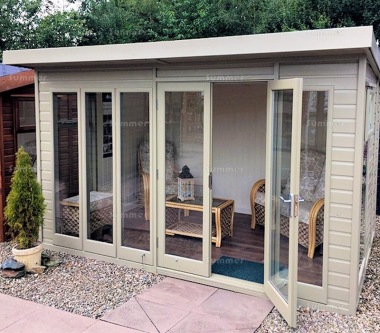All Categories
Featured
Table of Contents
Lifestyle - West Coast Double Glazing in Highgate WA
Laminated glass is often used in locations in the house most susceptible to injury from human impact such as restrooms, doors, around staircases and in areas near to the floor (it fulfills the requirements of 'shatterproof glass' that is mandated for usage in these areas by Australian Basic AS 1288 Glass in buildings).
Toughened glass has actually been 'tempered' by being reheated and rapidly cooled once again. This process makes it much stronger than basic glass it can withstand greater impact loads prior to breaking. It also makes it more secure since, when it does shatter, it burglarizes numerous little cubic pieces instead of hazardous fragments.
Diy Double Glaze in Rossmoyne Western Australia
However, toughened glass has no thermal or acoustic benefits over other glass of the same toning or thickness. Secondary glazing is where single-glazed windows are retrofitted with a transparent acrylic or glass sheet connected to the within the frame or openable sash with a secondary frame or with magnetic strips.

Secondary glazing will not perform as well thermally as a made IGU, given that it is impossible to completely seal the boundary, however it can provide excellent noise control. Window films are a thin polymer film containing a soaking up color or reflective metal layer, with an adhesive support. They stay with your glazing to alter its colour or make it reflective.
How Double Glazing Can Help Keep Your Home Cool In ... in North Fremantle Western Australia
Applied to existing glass, some window films can cut in half the total SHGC of the window by absorbing and/or reflecting solar radiation. This can be especially advantageous in hotter climates where cooling is the main issue, or on east and west elevations straight exposed to extended periods of sunshine. Nevertheless, window films may likewise reduce noticeable light transmittance.

For this reason, it is typically best to utilize a certified installer of window movie. Frames have a significant influence on the thermal efficiency of doors and windows, since energy can be acquired and lost through the frame, along with through the glass. Different types of frame will enable different levels of heat gain and loss, so careful choice of frame is very important for effective passive design.
What Is Double Glazing Windows And Doors? in Walliston WA
Nevertheless, aluminium is also a great conductor of heat and will reduce the insulating worth of a glazing system, unless specifically crafted to minimize this. A 'thermally broken' frame is comprised of 2 aluminium sections linked by a structural insulator (usually a low-conductivity structural polymer). This 'breaks' the thermal connection through the aluminium and reduces the heat flowing through the frame.
Lumber frames are a great natural insulator that can fit some house styles. Timber frames need to be made from species that have naturally high toughness or be dealt with to avoid decay and deformation.
Double Glazed Windows: A Complete Guide in Parmelia Perth
(weather condition removing) is installed.
u, PVC windows and doors have excellent thermal performance Picture: Ben Wrigley (Light Home Architecture and Science) Composite frames use aluminium profiles on the external areas with either a wood or u, PVC inner area. These integrate the low maintenance and sturdiness of aluminium with much improved thermal performance.
Latest Posts
Diy Double Glaze in Koondoola WA
Glass Selector - Custom Single & Double Glazed ... in Midvale Perth
Does Double Glazing Keep Heat Out in Woodvale Western Australia